Decorative landscape blocks are more than just functional; they are a gateway to transforming your outdoor spaces into beautiful, welcoming environments. From enhancing pathways to creating stunning garden beds, these blocks can elevate the aesthetic appeal of any yard. With my personal experience and insights, I’ll guide you through everything you need to know about decorative landscape blocks, helping you make informed decisions for your landscaping projects.
What Are Decorative Landscape Blocks?
Decorative landscape blocks are versatile, pre-formed blocks made from a blend of materials, primarily concrete, that serve multiple purposes in garden and landscape design. They come in various shapes, sizes, and finishes, allowing homeowners to create unique designs that cater to their specific tastes and functional needs.
Types of Decorative Landscape Blocks
1. Retaining Wall Blocks
Retaining wall blocks are designed to hold back soil and can be used to create raised garden beds or level uneven terrain. They can also double as decorative elements when arranged creatively.

2. Paving Stones
Paving stones, or pavers, are typically used for walkways, patios, and driveways. They come in various colors and textures, allowing for a customized look.
3. Edging Blocks
Edging blocks define garden beds and pathways while keeping mulch and soil contained. They add a clean, polished look to your landscaping.
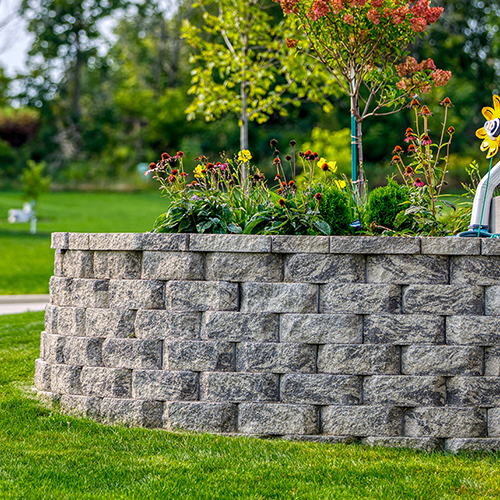
4. Decorative Wall Blocks
These blocks are perfect for creating feature walls or outdoor seating areas in your garden. Their decorative finishes can add character to any landscape.
Benefits of Using Decorative Landscape Blocks
1. Aesthetic Appeal
The visual enhancement that decorative landscape blocks provide is unmatched. They can complement any outdoor theme, from modern minimalist to rustic charm.
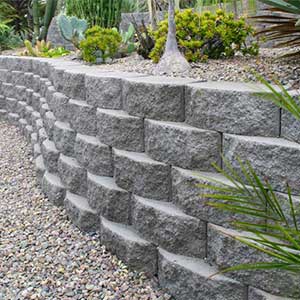
2. Durability
Concrete blocks resist weathering better than many other materials, ensuring that your landscaping investments last for years, regardless of the climate you live in.
3. Low Maintenance
Once installed, these blocks require minimal upkeep. Regular cleaning and occasional resealing will keep them looking fresh and vibrant.
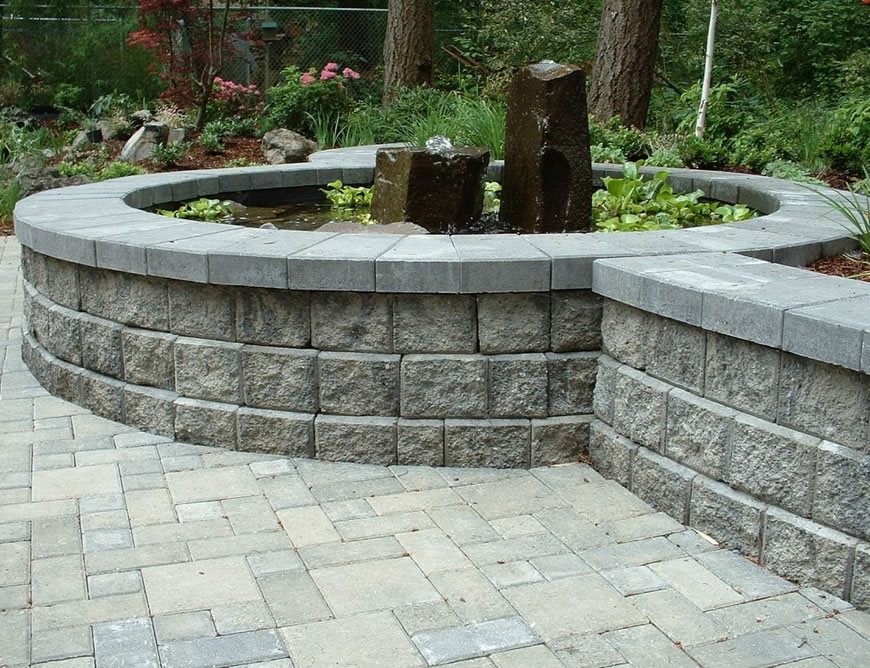
4. Versatility
With countless designs and options available, decorative blocks can be used in various landscaping projects, from pathways to garden beds to structures.
Choosing the Right Decorative Landscape Blocks
Considerations for Selection
- Style: Match the blocks with your home’s architectural style.
- Color: Choose colors that harmonize with your outdoor palette.
- Size and Shape: Consider the scale and design of your landscape to ensure cohesion.
- Functionality: Determine the primary use of the blocks—whether for support, decoration, or both.
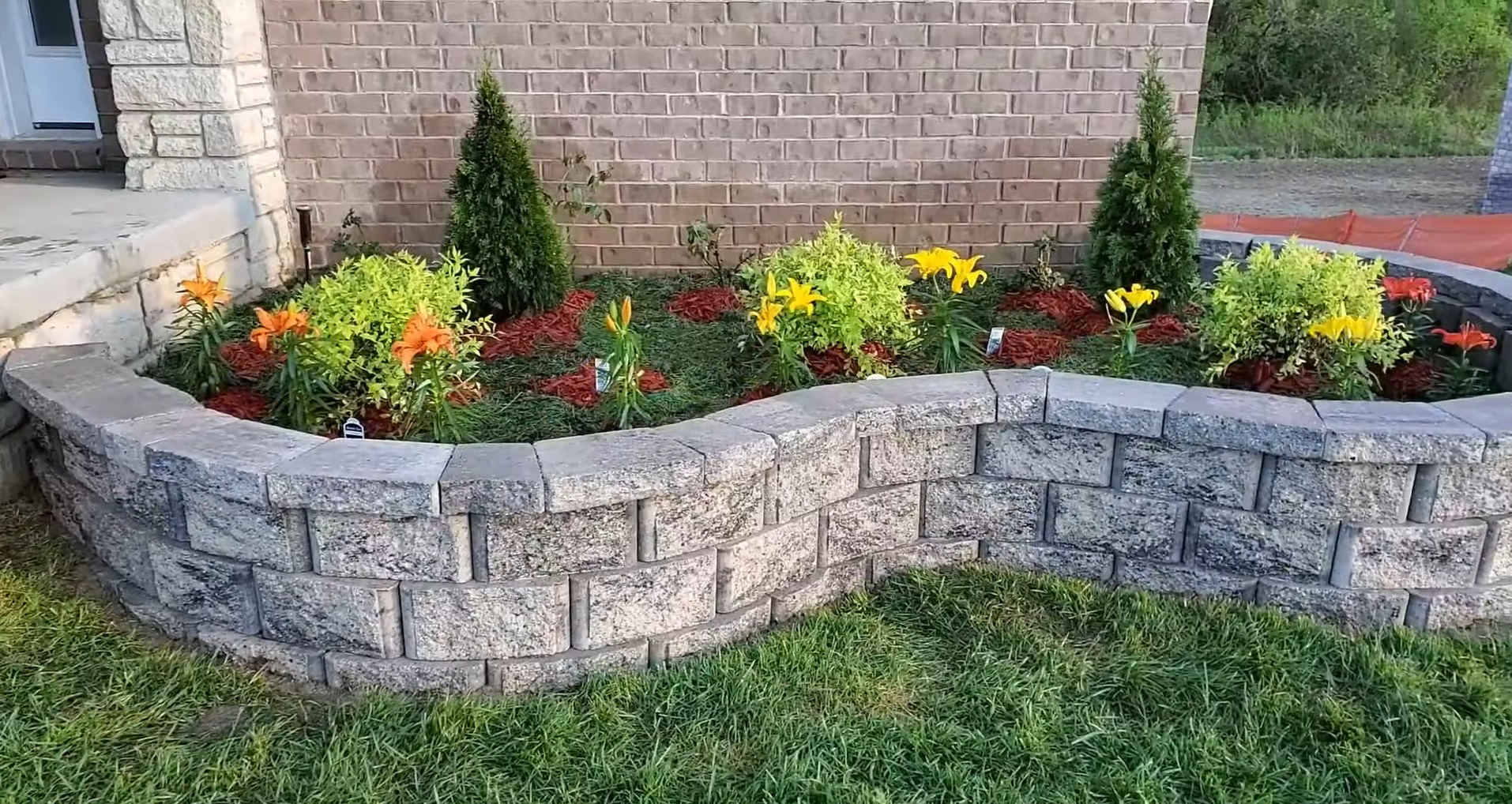
Comparative Table of Block Types
| Type | Usage | Durability | Cost | Maintenance |
|---|---|---|---|---|
| Retaining Wall Blocks | Soil retention, garden beds | High | Moderate | Low |
| Paving Stones | Pathways, patios | Very High | High | Moderate |
| Edging Blocks | Defining spaces | Moderate | Low | Low |
| Decorative Wall Blocks | Feature walls, seating | High | Moderate | Low |
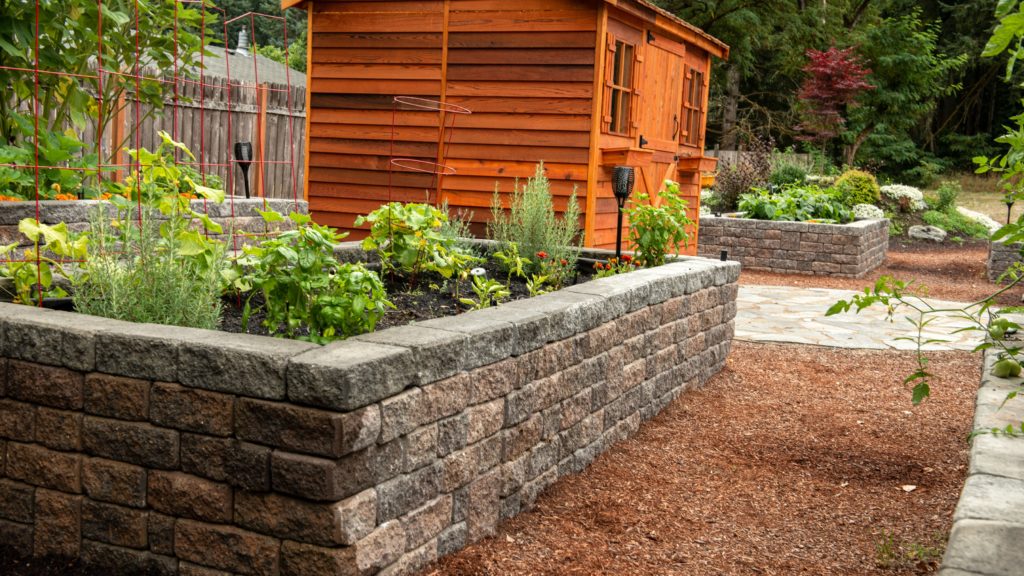
Installation of Decorative Landscape Blocks
Tools and Materials Needed
- Shovel
- Level
- Rubber mallet
- Sand or gravel base
- Landscape fabric (optional)
Step-by-Step Installation Guide
Step 1: Plan Your Design
Before starting, sketch your layout to visualize how the blocks will fit into your landscape.
Step 2: Prepare the Area
Clear the site, removing grass, weeds, and debris. If needed, dig down to create a level base.
Step 3: Create a Base
Add a layer of sand or gravel to provide drainage and stabilize the blocks. Compact it evenly.
Step 4: Lay the Blocks
Start laying your blocks according to your design. Use a level frequently to ensure they are even.
Step 5: Fill Gaps
Once all blocks are in place, fill any gaps with sand or soil and compact to secure.
Common Mistakes to Avoid
- Not ensuring a solid base can lead to shifting blocks over time.
- Ignoring drainage needs may result in water pooling.
- Choosing inappropriate block types for the project’s purpose can compromise integrity and aesthetics.
Maintenance of Decorative Landscape Blocks
Regular Cleaning
Keep your blocks looking fresh by periodically washing them with a pressure washer or hose. Remove any stains with a mild detergent.
Sealing
Consider applying a sealant to protect against stains and to enhance color longevity. Reapply every couple of years as needed.
Weed Control
Regularly check for weeds growing between blocks. Pull them out manually or use a weed killer if necessary.
Personal Experience: Transforming My Backyard
When I first moved into my home, the backyard was an empty canvas. After doing some research, I decided to invest in decorative landscape blocks to create a cozy patio area surrounded by vibrant flower beds. I chose a mix of retaining wall blocks and paving stones, which not only aesthetically pleased but also stood the test of time. Years later, I still enjoy my little sanctuary, often sipping coffee while watching my kids play. It’s amazing what the right materials can do to improve your outdoor experience!
Cost Considerations
The cost of decorative landscape blocks can vary significantly based on the material, size, and brand. On average, homeowners can expect to pay between $2 to $10 per block, plus additional costs for installation. Here’s how the costs typically break down:
Cost Breakdown
| Block Type | Average Cost per Block | Installation Costs |
|---|---|---|
| Retaining Wall Blocks | $6 | $15-$25 per hour |
| Paving Stones | $10 | $20-$30 per hour |
| Edging Blocks | $3 | $15-$20 per hour |
| Decorative Wall Blocks | $8 | $20-$30 per hour |
Decorative Landscape Block FAQs
1. What are the most popular colors for decorative landscape blocks?
Popular colors include natural earth tones like beige, gray, and brown, as well as brighter colors for accenting designs.
2. Can decorative landscape blocks be used for DIY projects?
Absolutely! However, make sure to plan ahead and gather the right tools and materials for your specific project.
3. How do I prevent weeds from growing between blocks?
Using landscape fabric beneath the blocks and applying mulch can help reduce weed growth. Regular maintenance is still necessary.
4. Are decorative landscape blocks eco-friendly?
Many blocks are made from recycled materials and can be recycled at the end of their life, making them an eco-friendly choice.
5. What is the lifespan of decorative landscape blocks?
With proper installation and maintenance, decorative landscape blocks can last 25 years or more, providing long-term value.